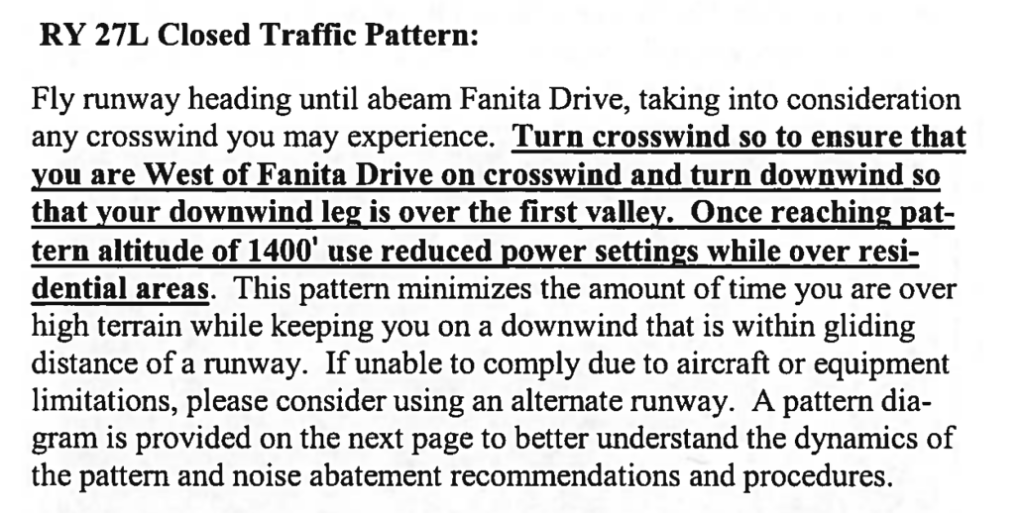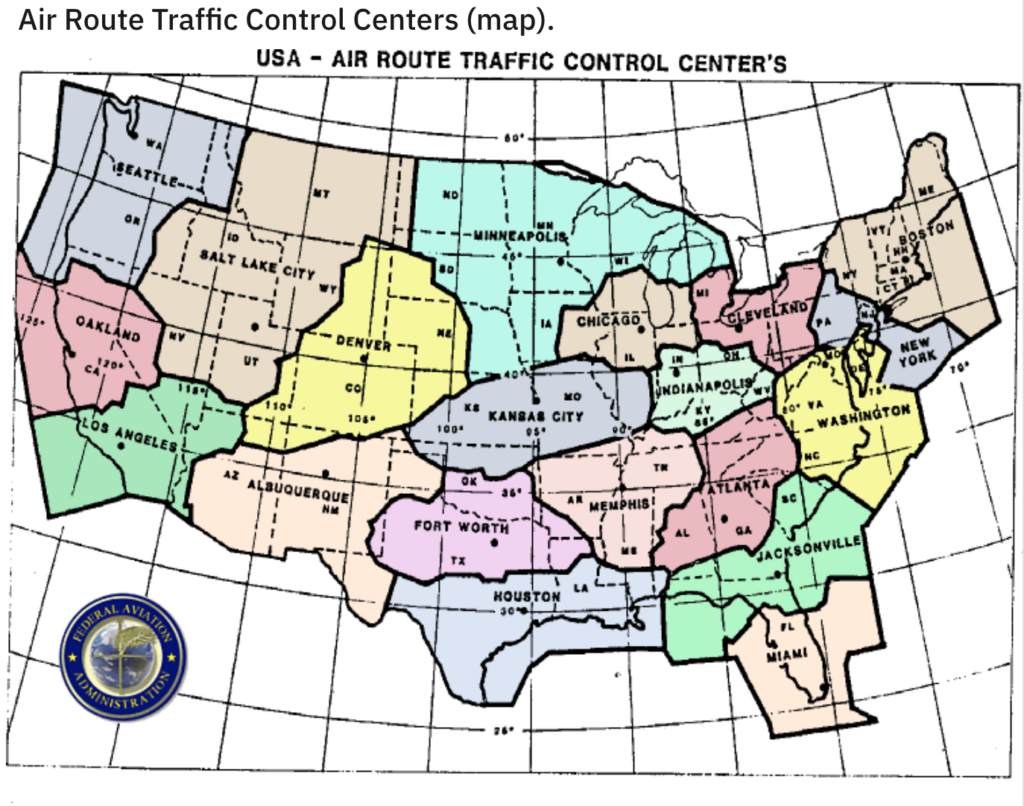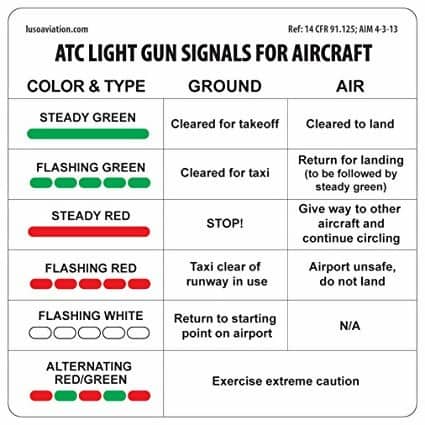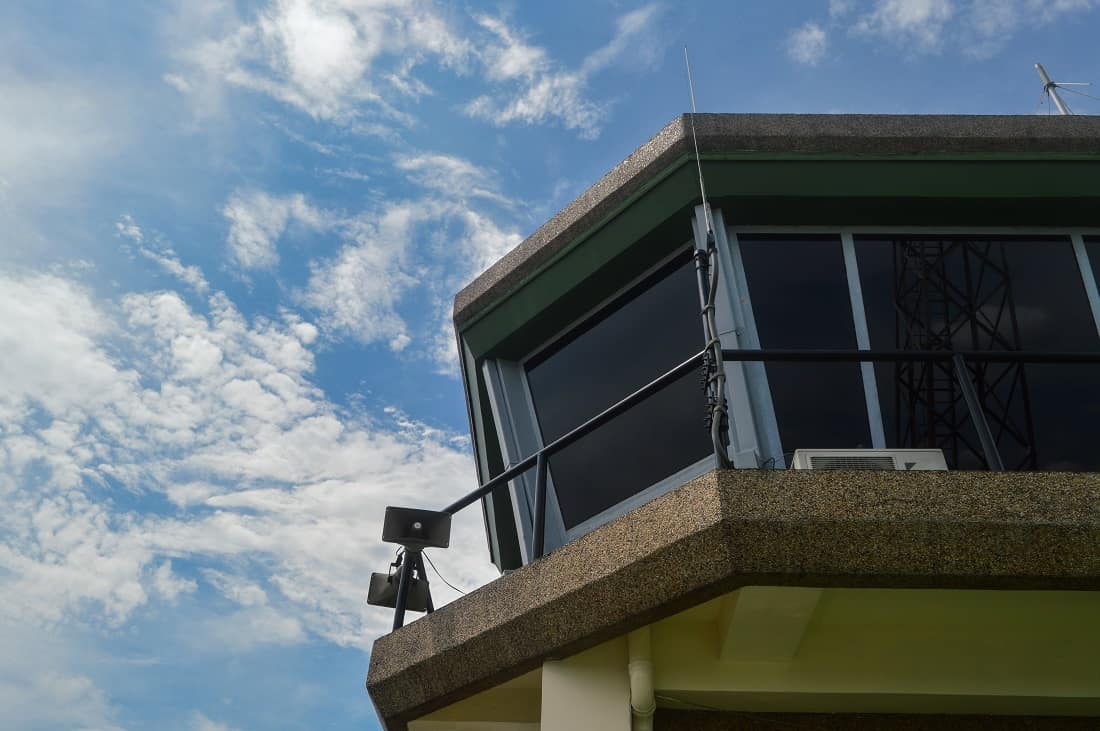ATC Radio Communication 101: Effective Aviation Phraseology
On any given day when you’re flying, you are one of the thousands of aircraft in the air. According to Flightradar24, there could be anywhere from 8,000 to 20,000 planes mid-flight at any given moment. As a pilot, being able to communicate with air traffic control on the radio in an effective manner is important, because it keeps you and others in the air and on the ground safe. As a general rule of thumb, if you communicate professionally on the radio, you will be treated professionally on the radio.
Listening and Learning
For some student pilots, talking on the radio is terrifying. Reading back altitudes and headings and call signs can feel like another language. That’s normal, at first. If you are not comfortable talking on the radio, practice talking through a traffic pattern with a friend, having them play the role of ATC.

Becoming familiar with phraseology and practicing talking on the radio is one area of flying you can practice without renting a plane, having good weather, or hiring a flight instructor.
Another great way to learn how to communicate with air traffic control is to listen to others talk. Pay attention to how they identify themselves, identify their location, and make a request. The internet provides a diverse library of recordings of controllers and pilots. You can listen live to some of the busiest airports in the country by going to LiveATC.net and you can find both educational and entertaining examples of thousands of pilot and ATC controller exchanges on YouTube.
Knowing What to Expect
The more you fly, the more you’ll become familiar with transmissions and what is being communicated. At first, it will feel very foreign, but you will quickly learn the information to relay on each contact. On your initial contact with a ground controller, you will call when you are ready to taxi, and you will state:
- Facility being called
- Your full call sign
- Your position on the field
- ATIS code and your request
For example:
“Palomar Ground, Skyhawk November 123 Alpha Bravo at Western Flight, with ATIS Information Delta, Taxi to 24 for Alpha South Departure.”
There’s no need to say anything more than the information required. Be brief and clear.
If you’ve filed an IFR flight plan, when you pick up an IFR clearance, you’ll know that your clearance will include a destination airport, a route, altitude, radio frequency and transponder code, and possibly a void time. The first few times you copy down a clearance, the amount of information may feel overwhelming. With practice and over time, copying and reading back a clearance will become simple and easy.
Local Landmarks
Some tower controllers may give unique instructions to report on a visual approach. For example, a controller may tell you to report over some point on the ground such as a freeway, water tower, river, or farm. If you are not familiar with the landmark, just advise the controller that you’re not familiar.
If you fly regularly in a certain area, you will become familiar with common reporting points, noise abatement procedures and preferred procedures for the terrain around airports. Controllers know that pilots unfamiliar with the area may need a little extra guidance.

Taking AIM and Knowing the Language
The Aeronautical Information Manual (AIM) is the FAA’s guide to ATC communication and phraseology. The AIM is not legally binding, like Federal Aviation Regulations (FARs), but it is the go-to source for FAA recommended communications procedures.
The FAA also publishes a glossary to promote a common understanding of the terms used in the Air Traffic Control system. The terms most frequently used in pilot/controller communications are printed in bold italics. This is a good document to review for anyone looking to review terminology or improve their understanding. Some of the terms the FAA has highlighted are:
- “Comply with restrictions”
- “Contact Approach”
- “Continue”
- “Execute Missed Approach”
- “Monitor”
- “Negative Contact”
Even if you do not have an instrument rating or do not plan to fly into busy airspace, you should understand and be familiar with the terms in the glossary.
Be Ready to Copy
A pen and paper should be part of your standard flying gear. In addition to copying down the relevant information from the Automatic Terminal Information Service (ATIS), if ATC gives you instructions, you should be able to copy them down and read them back.
If you write quickly, make sure your writing is legible. You can develop your own shorthand and abbreviations that work well for you. An effective way to improve skills is to listen to busy Class B Airport Frequencies, such as Dallas, Boston or Los Angeles, and practice copying down instructions.
Knowing Who You’re Talking To
The job of ensuring aircraft are operated safely falls on air traffic controllers, employed by the Federal Aviation Administration (FAA), an agency of the U.S. government. US Airspace is broken down into zones (centers) and zones are divided into sectors.
Depending on your proximity to an airport, your altitude, and your destination, when you are flying you may be talking to an air traffic control tower (ATCT), a Terminal radar approach control (TRACON), or Air Route Traffic Control Center (ARTCC). Examples of ARTCCs are Los Angeles Center (ZLA), Oakland Center (ZOA), Salt Lake Center (ZLC).

Low Altitude Flights
If you’re flying at low altitudes, you may never talk to an ARTCC (Center) controller. If you depart a towered airport in Southern California on an IFR flight plan, you will initially talk to ground and tower controllers, and then SoCal Approach, the consolidated TRACON that handles all of the low altitude IFR traffic in Southern California. From there, depending on where you’re going and your altitude, you may be handed off to “LA Center”, “Joshua Approach”, “Pt Mugu Approach”.
If you’re landing at another towered airport, you will be handed off to that tower. For example:
“N123AB, radar services terminated, remain on your beacon code and contact Ramona Tower”.
Or, if you are going into a non-towered airport or leaving radar coverage, you may be told:
“N123AB, radar services terminated, squawk VFR, frequency change approved.”
When you talk to a controller on the radio, remember that they may be working a half-dozen other planes, dealing with weather, avoiding conflict, and trying to get aircraft to different altitudes for climbs and descents. Be brief, be respectful, and speak clearly.
Read also: How Do You Enter And Exit The Traffic Pattern At An Uncontrolled Airport?
Communication Is the Goal
The AOPA advises pilots that you should not be afraid to use the wrong words. Communication is the most important thing. As you gain experience and hours talking on the radio, your communication will improve and you will be more comfortable.
If you’re a student pilot, you should know that controllers talk to inexperienced, new pilots all the time. They know that some people are still learning, and are usually patient with new pilots. Things to remember:
- Listen before you transmit. If you are told to contact a controller on another frequency, or switching to a CTAF frequency, pause and make sure another pilot isn’t transmitting before keying up.
- Brevity is important. As a courtesy to your fellow pilots, don’t waste other pilots’ time by clogging up the frequency. Section 4-2-1 of the AIM says “Good phraseology enhances safety and is the mark of a professional pilot. Jargon, chatter, and “CB” slang have no place in ATC communications.”
- Speak Normally. The AIM advises that the microphone should be close to your lips and you should talk in a normal, conversational tone. Know what you’re going to say before you say it. When you do talk to ATC, concentrate on enunciating words and not mumbling.
- Be Careful with Abbreviations: While you want to be brief, always use your full call sign when initially contacting a controller. In the AIM, the FAA Advises “Improper use of call signs can result in pilots executing a clearance intended for another aircraft. Call signs should never be abbreviated on initial contact or at any time when other aircraft call signs have similar numbers/sounds or identical letters/number;”
Understanding Lost Communications Procedures
Equally as important as ATC radio communication is knowing what to do if you lose communication. As a pilot, you are expected to exercise good judgment. You should be familiar with lost communication procedures in 14 CFR Part 91. The procedures are different for IFR and VFR conditions. If VFR conditions exist, you should continue the flight under VFR and land as soon as practical. You should:
- Fly the airplane first. Look outside, watch your altitude, heading, and make sure you are not going to crash while troubleshooting.
- Squawk 7600 (remember the silly but easy to remember phrase: “75, taken alive, 76, technical glitch, 77, going to heaven”.)
- Continue to attempt to establish communications. Consider that the tower may be able to hear you, even if you can’t hear the tower. If you can safely do so, or have a passenger to help, try to contact the control tower on your cell phone.
- Circle at least 500 feet above the highest traffic pattern altitude and determine the flow of the pattern.
- Enter the pattern behind any traffic, remaining above the traffic pattern altitude and watch the tower for light gun signals.

Talk to your instructor about lost communications procedures so you feel comfortable. Some student pilots carry a handheld radio in their flight bag. This can be useful for picking up ATIS (saving money by not having the engine running) and also a good reach and grab in a lost comm situation.
Read also: What Do Pilots Carry In Their Flight Bags?
Summary
Talking on the radio doesn’t have to be as feared as steep turns or crosswind landings. The more you listen, talk, and practice, the easier radio communications will become. If you miss an instruction or don’t understand, just say the favorite phrase of both pilots and controllers: “Say again.”
Recent Posts
FAA MOSAIC Final Rule: What Pilots, Manufacturers, and the Aviation Community Need to Know
Learn how the FAA’s MOSAIC final rule revolutionizes Light-Sport Aircraft certification, expands Sport Pilot privileges, and reshapes general aviation. See what’s changing, when it takes effect,...
Student Pilot Insurance: Essential Coverage for Aspiring Flyers
Discover how student pilot insurance can protect your flying dreams. Get expert tips and coverage options to ensure your safety and peace of mind.


